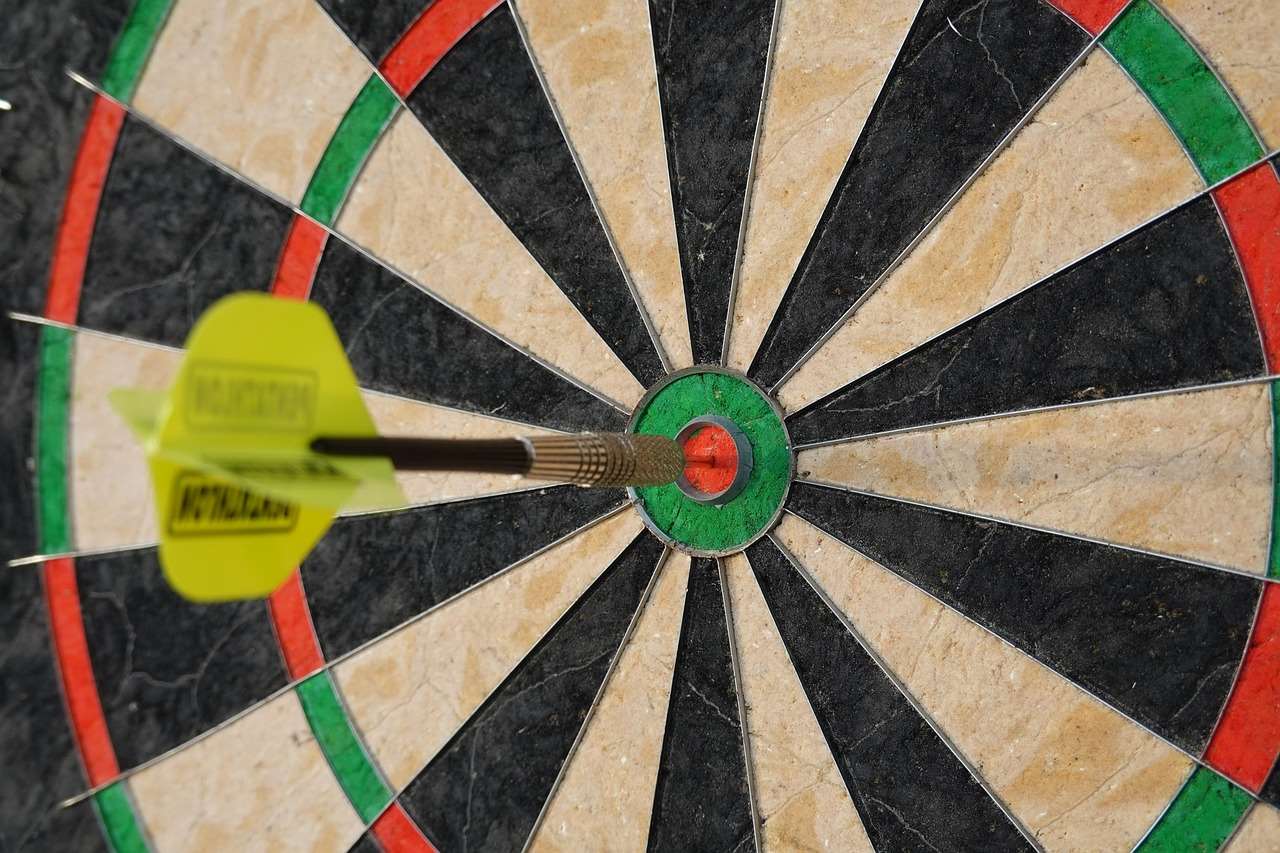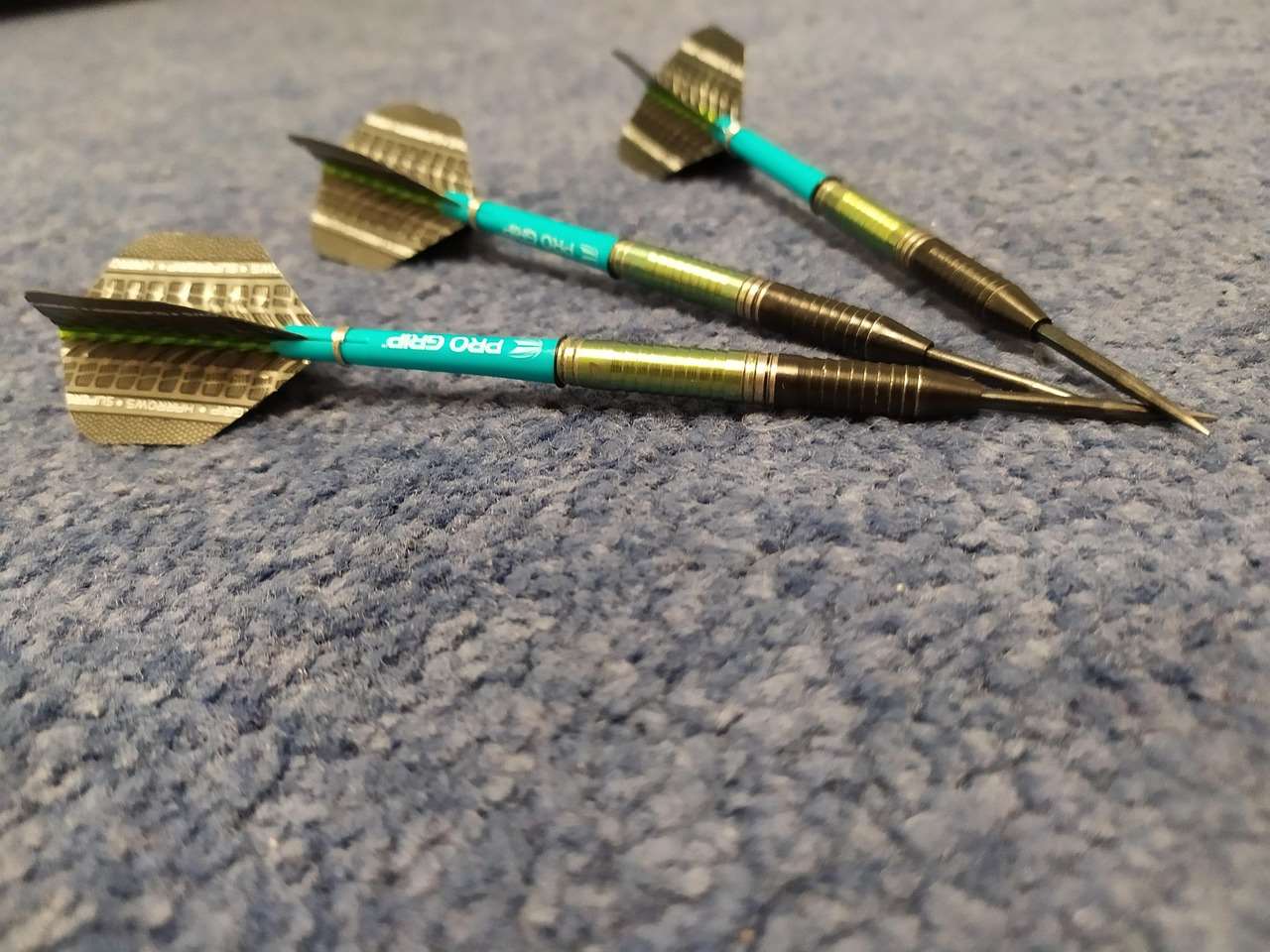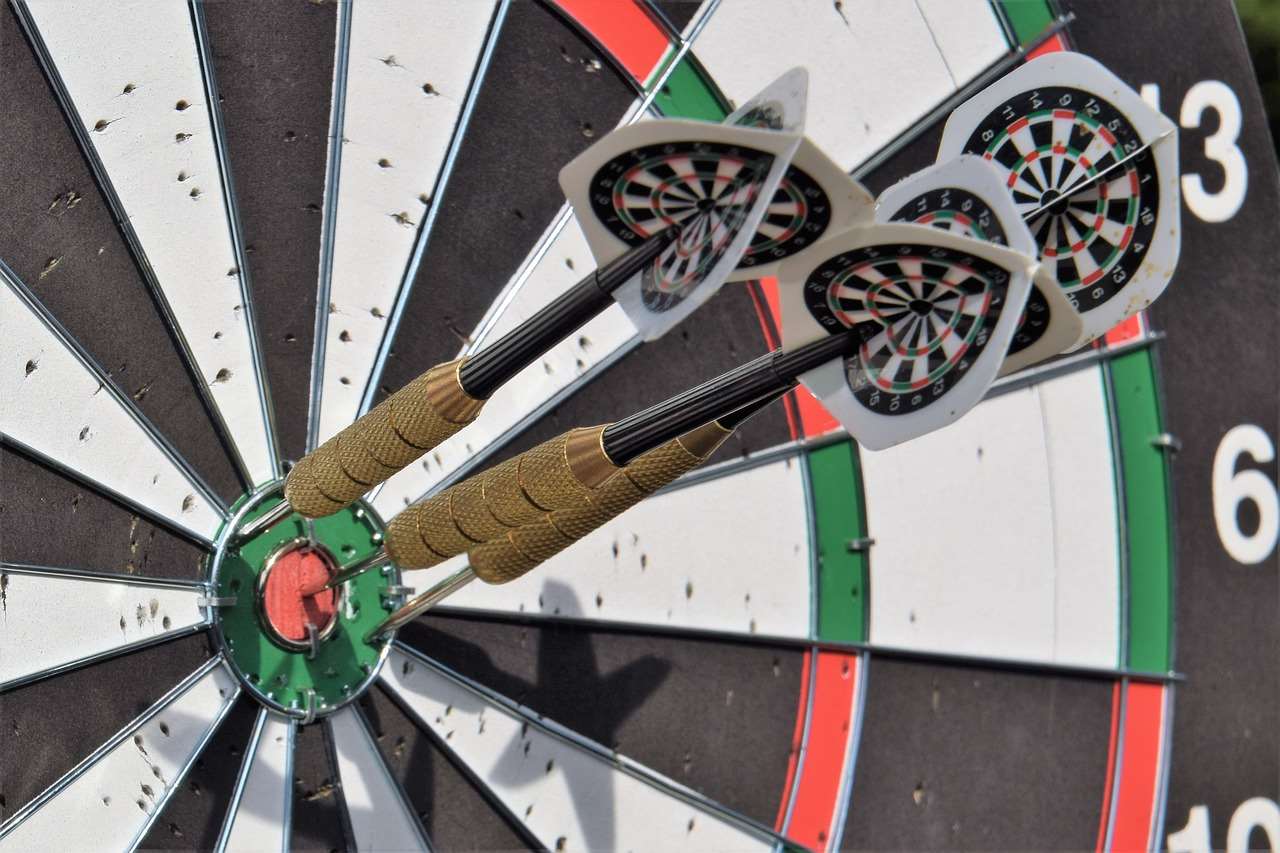For the **easiest 501 variation beginners**, we recommend starting with a simple single-out rule and generous scoring zones to build confidence and enjoyment; this drastically reduces frustration for newcomers. This article will explore several modifications to the classic 501 format that make it more approachable and fun for novice dart players, focusing on variations that simplify scoring and minimize pressure.
⚠️ Still Using Pen & Paper (or a Chalkboard)?! ⚠️
Step into the future! The Dart Counter App handles all the scoring, suggests checkouts, and tracks your stats automatically. It's easier than you think!
Try the Smart Dart Counter App FREE!Ready for an upgrade? Click above!
Simplifying 501 for the **Easiest 501 Variation Beginners**
The standard 501 game, while a classic, can be daunting for beginners. The pressure to hit doubles to finish, combined with the intricacies of calculating scores, can lead to frustration. Fortunately, there are several ways to modify the game, making it far more accessible to newcomers. Let’s explore a few **simple modifications** that can transform 501 into an enjoyable learning experience.
Implementing a Generous “Out” Rule
One of the biggest hurdles for beginners is the “double out” rule. Instead of requiring a double to finish, consider allowing players to finish on any number. This instantly relieves pressure and allows beginners to focus on accuracy and consistency rather than complex math and specific target areas. This adjustment is a cornerstone of the **easiest 501 variation beginners** can immediately implement.

For example, if a player has 30 remaining, they can finish by hitting a single 10, a single 20, or any other combination that adds up to 30. This freedom encourages experimentation and builds confidence.
Increasing the Size of Scoring Zones
Another helpful modification involves widening the scoring zones, particularly for the double and triple rings. While you can’t physically alter the board, you can mentally adjust the scoring. For example, you might consider the area around the double ring as “close enough,” awarding the double even if the dart lands just outside the precise double wire. This allows new players to ease into the game and promotes a less exacting, more enjoyable experience.
Team Play: Easing the Pressure
Introducing team play is another fantastic way to create a more supportive and relaxed environment for beginners. When playing as a team, the pressure is distributed, and players can learn from each other. Exploring Darts Variants Fun Games in a team context significantly reduces individual anxiety.
Team 501 with Handicaps
To further level the playing field, consider using handicaps. Give less experienced players a head start or allow them to score points even if their darts land outside the designated scoring areas. This ensures that everyone feels involved and contributes to the team’s success.

This approach not only makes the game more accessible but also fosters teamwork and camaraderie.
Simplified Scoring Systems
Calculating scores can be challenging for new players. Simplifying the scoring system can significantly reduce this barrier. The **easiest 501 variation beginners** will appreciate is minimizing the mental math required.
Using a Dartboard Scoreboard App
Technology can be a great aid here. There are numerous dartboard scoreboard apps available for smartphones and tablets. These apps automatically track scores, calculate averages, and suggest optimal finishes. Using such an app allows beginners to focus on throwing technique and strategy rather than being bogged down by arithmetic. It allows beginners to experience the enjoyment of **playing darts** without the stress of keeping score.
Focusing on Round Scores
Instead of meticulously calculating each individual dart score, consider focusing on round scores. After each player throws their three darts, they simply announce their total score for the round. This simplifies the process and makes it easier for beginners to keep track.

This approach also encourages strategic thinking. Players will start to consider the overall impact of their throws rather than getting caught up in individual dart placement.
The Importance of a Positive Learning Environment
Regardless of the specific variations you choose, the most crucial aspect of introducing beginners to 501 is creating a positive and supportive learning environment. Avoid being overly critical or focusing on mistakes. Instead, emphasize progress and celebrate small victories. Providing positive reinforcement and constructive feedback will encourage beginners to stick with the game and improve their skills.
Celebrate Small Wins
Acknowledge and celebrate even the smallest achievements. Did a beginner hit their first bullseye? Did they successfully hit a double? Make sure to recognize these moments and offer encouragement. Positive reinforcement is key to building confidence and fostering a love of the game.
Focus on Fun and Engagement
Remember that the primary goal is to have fun. Don’t get too caught up in the rules or the competition. Encourage laughter, friendly banter, and a relaxed atmosphere. The more enjoyable the experience, the more likely beginners will be to continue playing and improving their skills. You could even look into Forgotten Pub Dart Games for inspiration on how to add some fun and variety into your play.

By making darts more approachable, fun, and less mathematically intensive, you open the door for beginners to learn a fun new skill!
Gradually Increasing Difficulty
As beginners become more comfortable with the game, gradually introduce more challenging elements. Start by adding the double-out rule back in, but allow for a more lenient interpretation at first. Then, slowly tighten up the scoring zones and encourage players to focus on precision. This gradual progression allows beginners to develop their skills at their own pace without feeling overwhelmed. Another fascinating historical tidbit is the History of Darts Games UK, which shows how even the official rules have undergone changes over time.
Introducing Scoring Strategies
Once beginners have a good grasp of the basics, start introducing scoring strategies. Teach them about the importance of setting up finishes, aiming for specific targets, and understanding the optimal ways to score points. Provide examples and guidance, but encourage them to experiment and discover their own approaches.
Emphasizing Accuracy and Consistency
As beginners progress, shift the focus from simply hitting the board to achieving accuracy and consistency. Encourage them to practice their throwing technique, develop a consistent stance, and maintain a steady rhythm. Regular practice is essential for improving dart-playing skills.

Over time, by focusing on progressive improvement, you will see those newcomers become seasoned dart players!
Alternative Starting Points: Avoiding 501 Altogether
Sometimes, the best way to introduce someone to darts is to avoid 501 entirely at first. Games like ‘Around the Clock’ (hitting each number in sequence) or simple scoring games can be less intimidating and build fundamental skills. These alternative games provide a gentle introduction to the mechanics of throwing and aiming before tackling the complexities of 501.
Around the Clock (or ‘Going Round’)
This simple game requires players to hit each number on the dartboard in order, from 1 to 20. It’s excellent for practicing accuracy and developing a consistent throwing motion. Variations can include hitting doubles or triples in sequence for added difficulty. It is an important step to understanding the basis of aiming and scoring.
Simple Scoring Games
Create your own scoring game where players earn points for hitting specific targets or achieving certain goals. For example, you could award points for hitting the bullseye, the triple 20, or any other combination of numbers. This type of game allows you to customize the challenge and focus on specific skills. Don’t forget to check out Ancient Dart Throwing Games for historical inspirations!
Conclusion
Introducing new players to darts doesn’t have to be intimidating. By implementing these **easiest 501 variation beginners** tips – modifying the out rule, simplifying the scoring, promoting team play, and creating a positive learning environment – you can make the game more accessible and enjoyable for everyone. Remember to focus on fun, celebrate small wins, and gradually increase the difficulty as beginners progress. By taking these steps, you can help cultivate a love of darts and create a welcoming community for players of all skill levels. So grab some darts, gather your friends, and start enjoying the thrill of the game! Ready to level up your darts game? Check out our comprehensive guide to improve your throwing technique here!
Hi, I’m Dieter, and I created Dartcounter (Dartcounterapp.com). My motivation wasn’t being a darts expert – quite the opposite! When I first started playing, I loved the game but found keeping accurate scores and tracking stats difficult and distracting.
I figured I couldn’t be the only one struggling with this. So, I decided to build a solution: an easy-to-use application that everyone, no matter their experience level, could use to manage scoring effortlessly.
My goal for Dartcounter was simple: let the app handle the numbers – the scoring, the averages, the stats, even checkout suggestions – so players could focus purely on their throw and enjoying the game. It began as a way to solve my own beginner’s problem, and I’m thrilled it has grown into a helpful tool for the wider darts community.